Milan, Italy - the heart of fasion
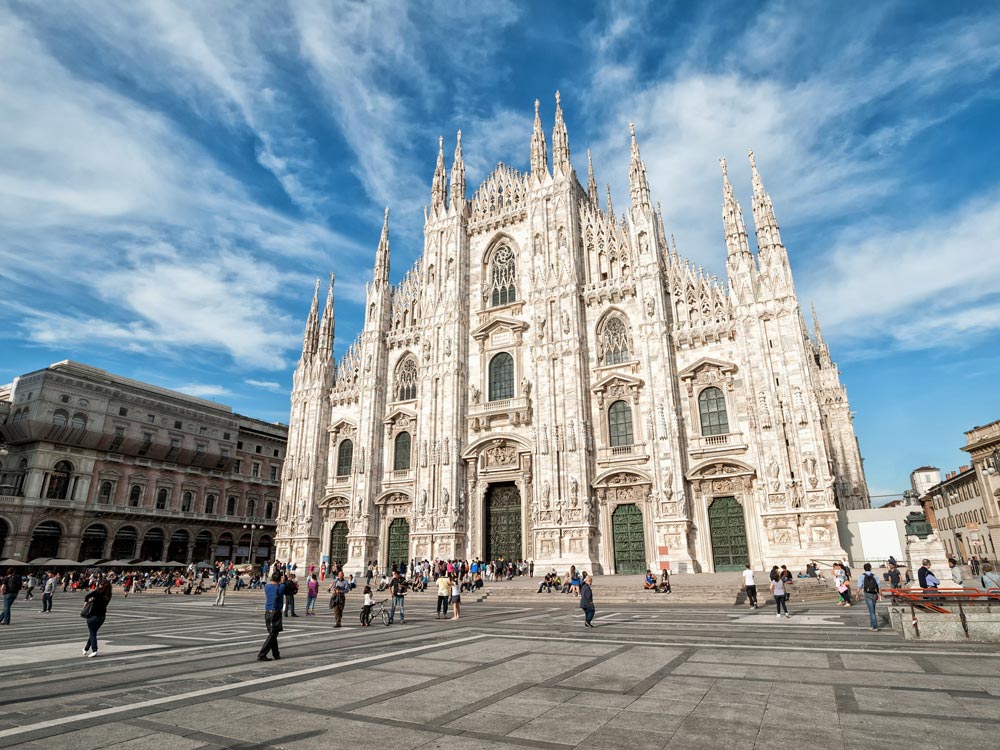
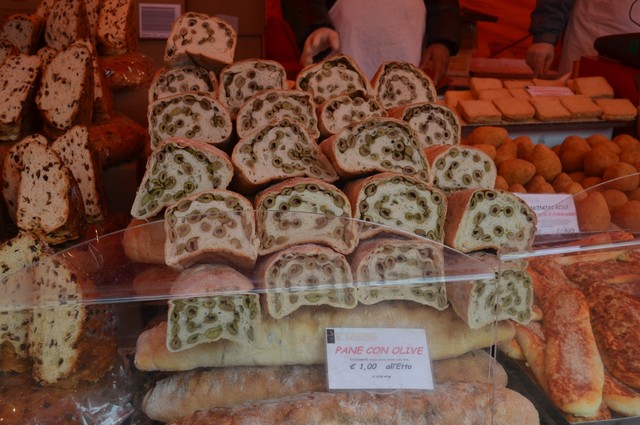
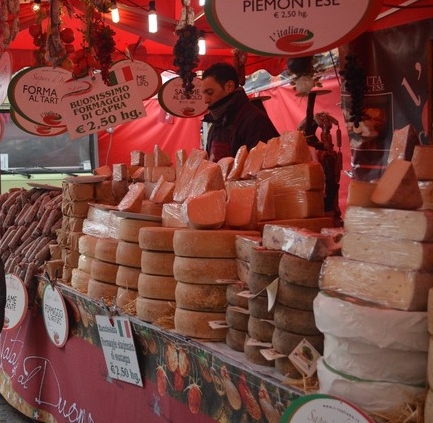
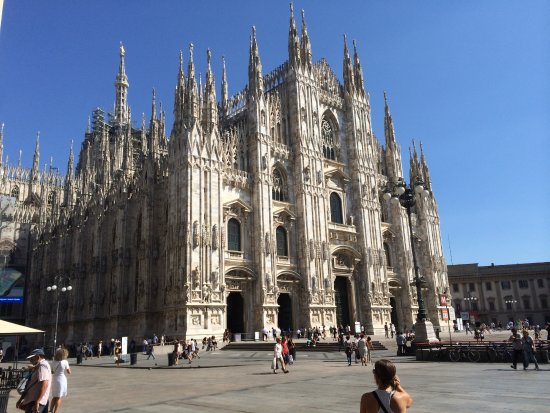
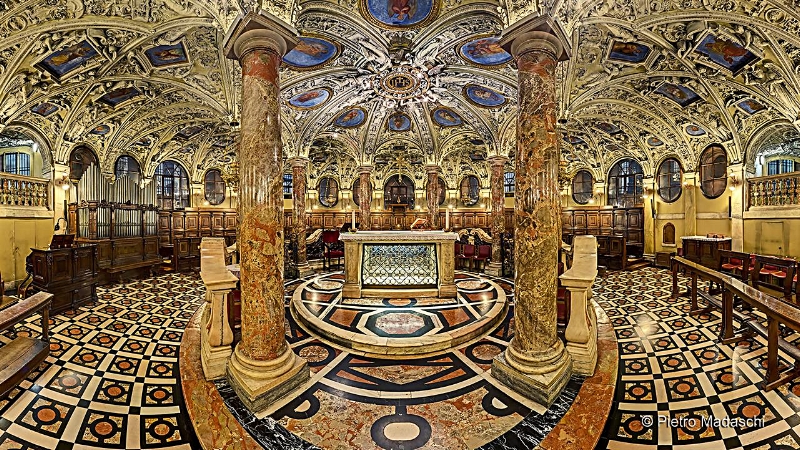
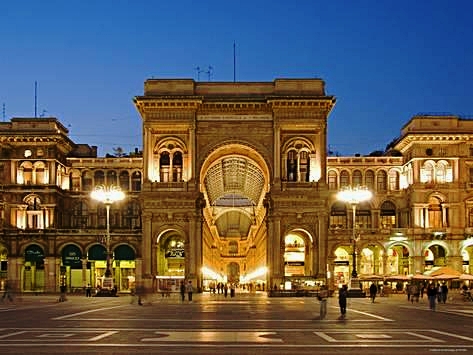
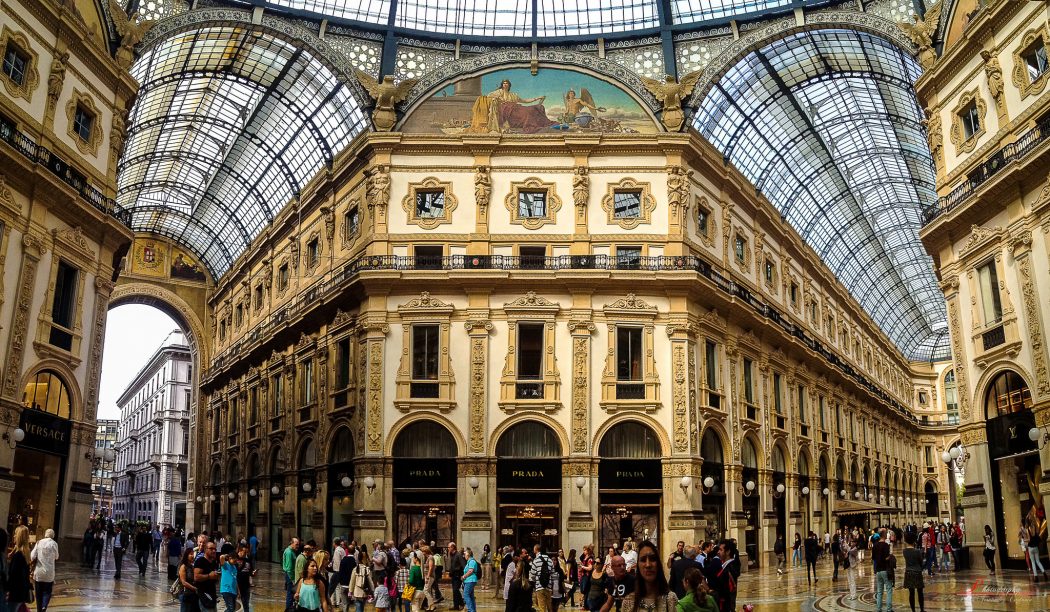
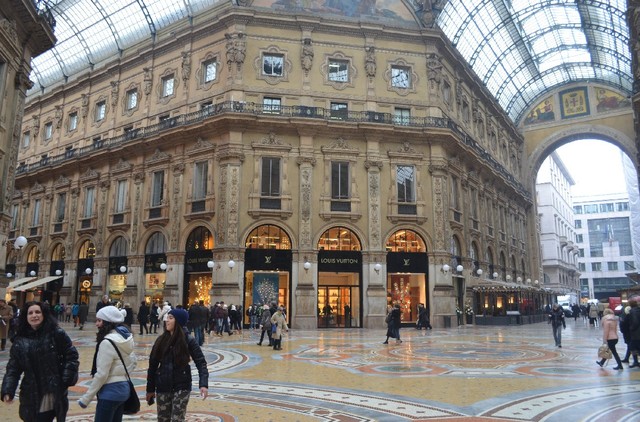
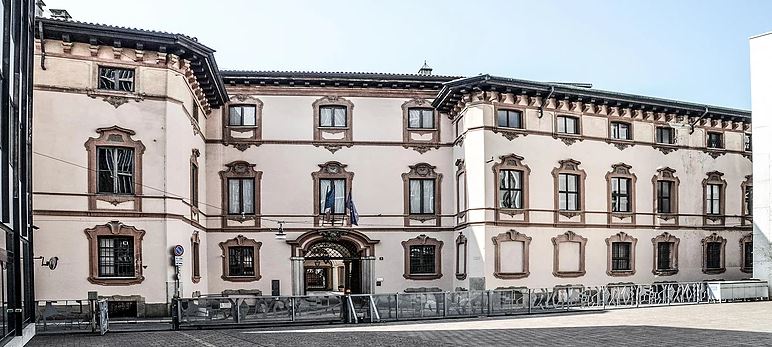
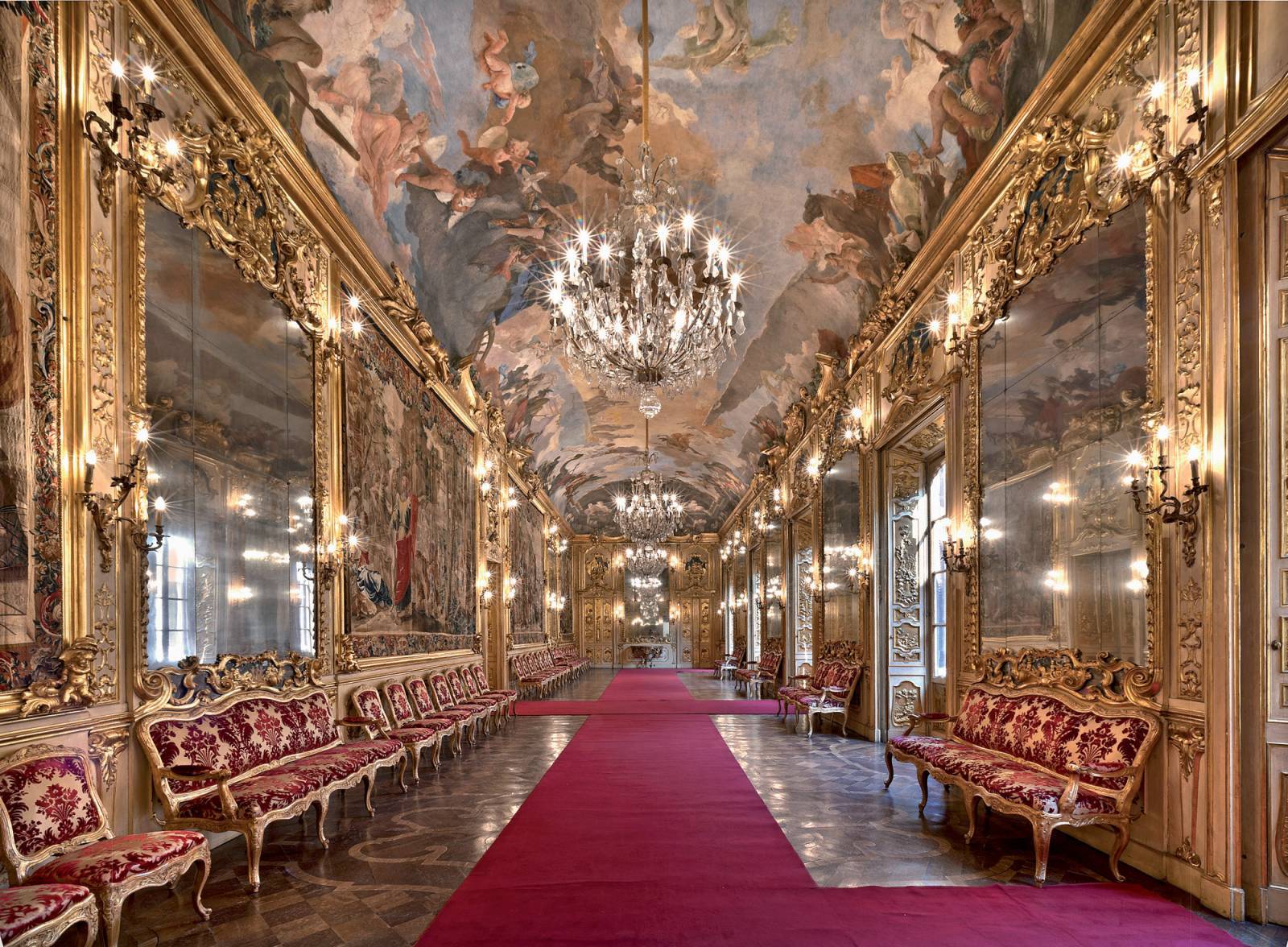
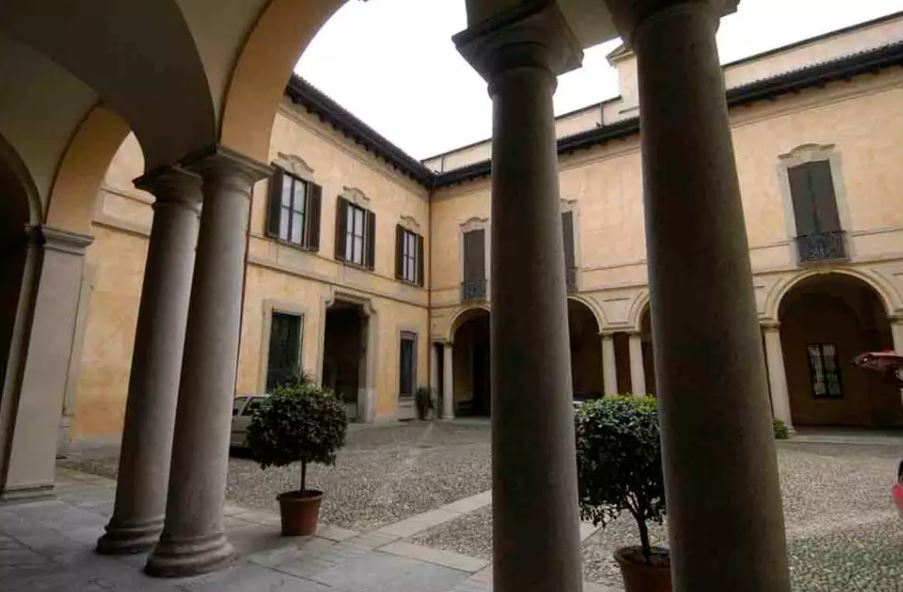
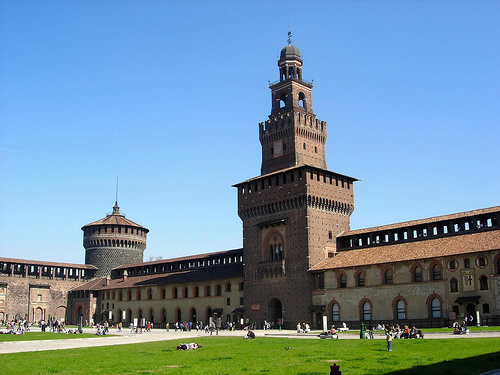
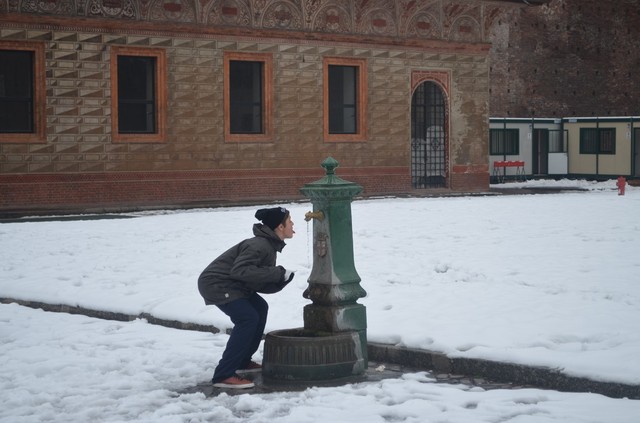
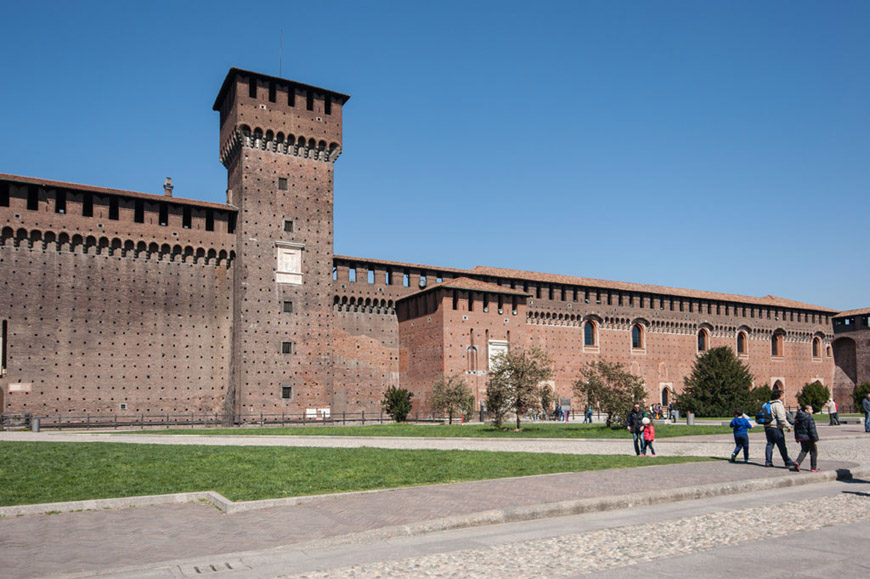


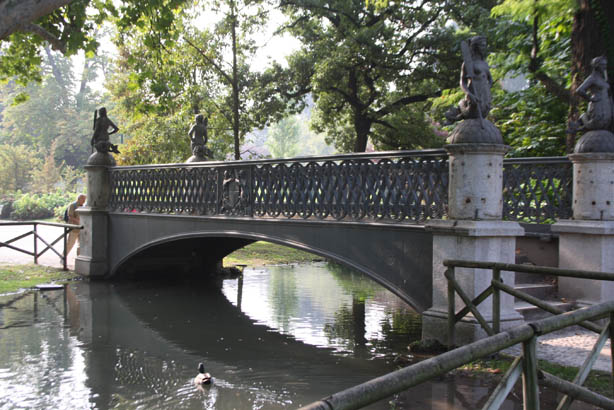

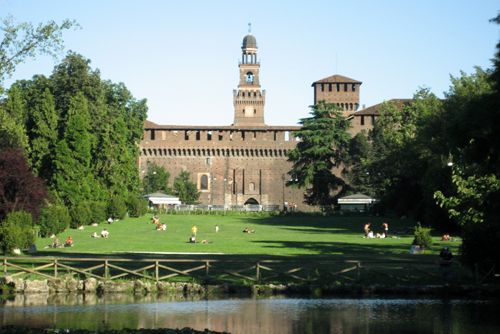

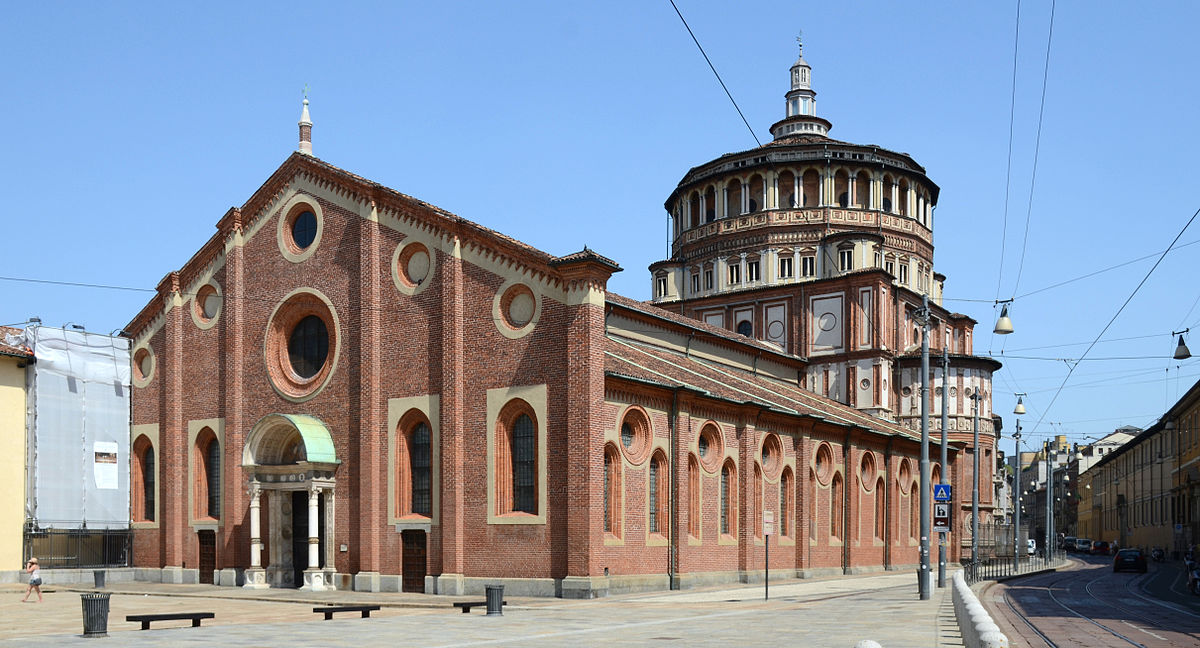
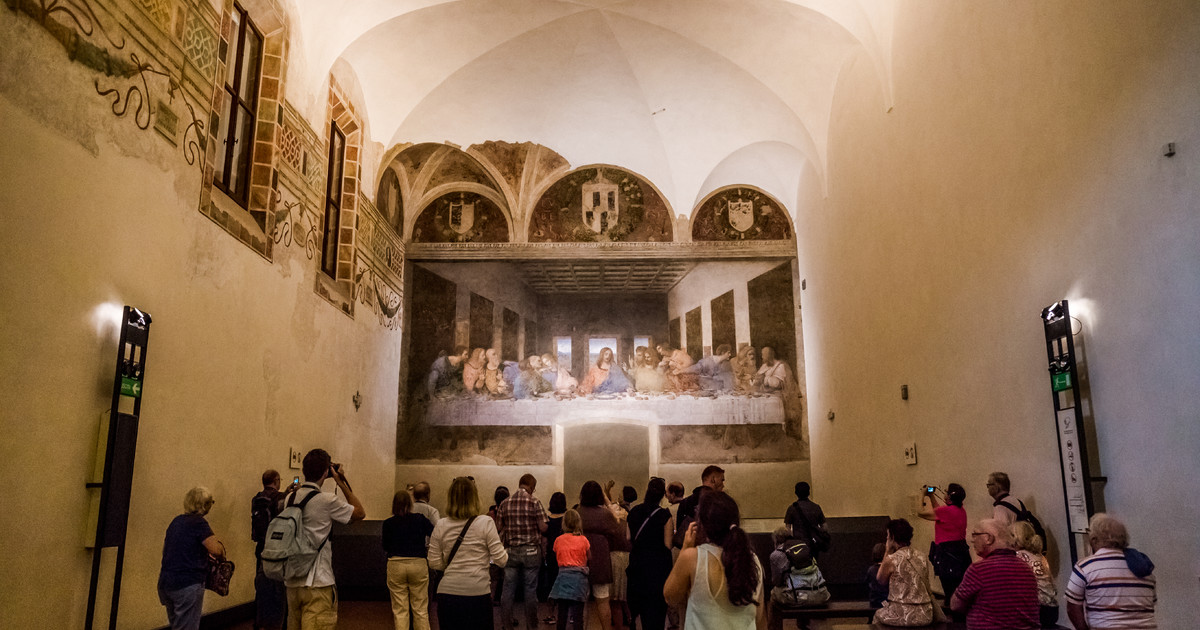

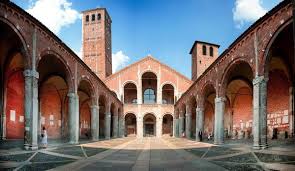
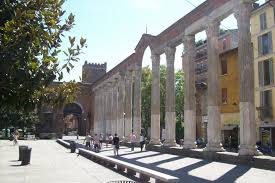
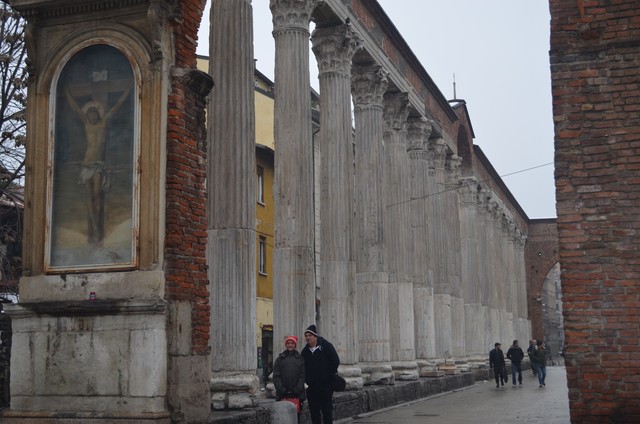
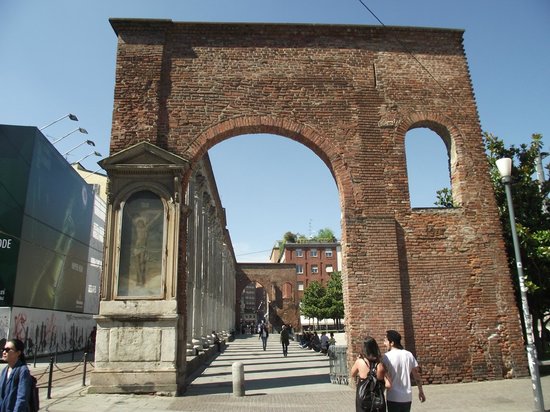
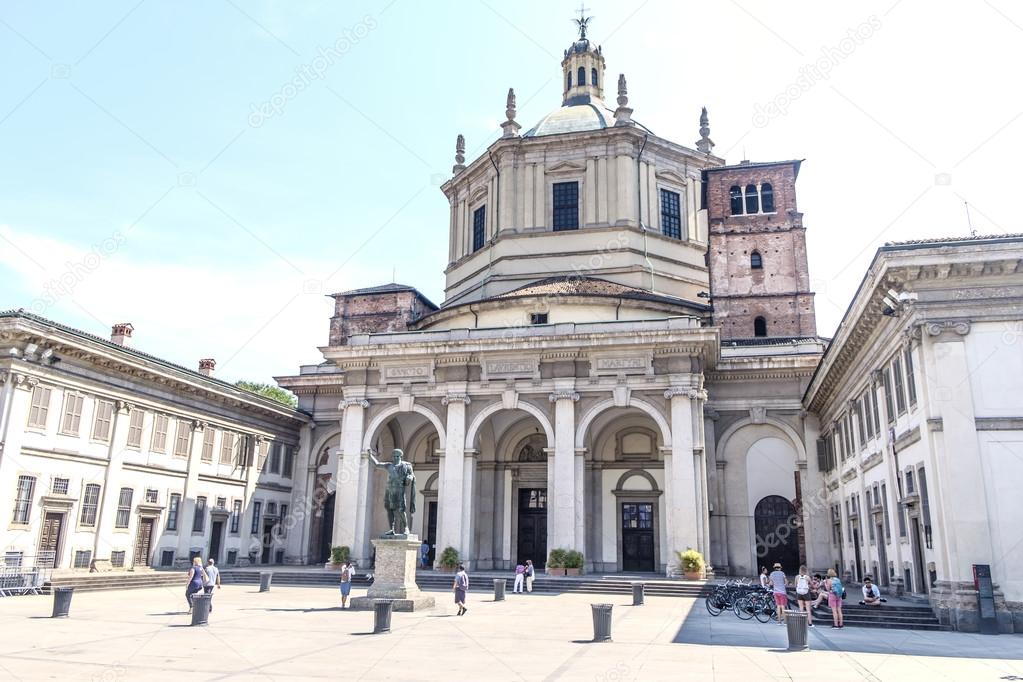
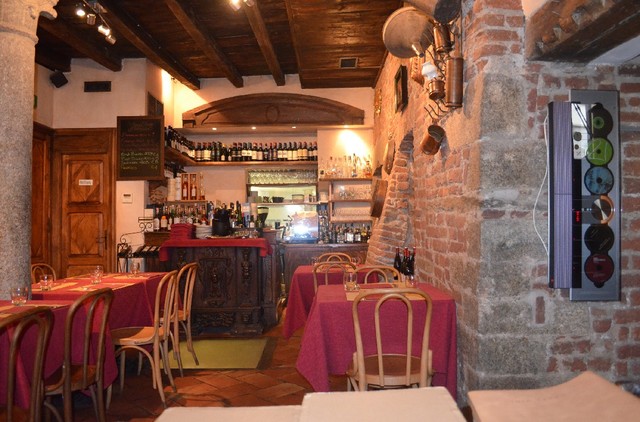
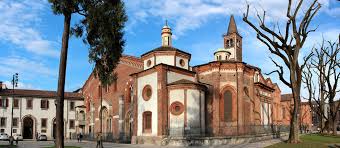
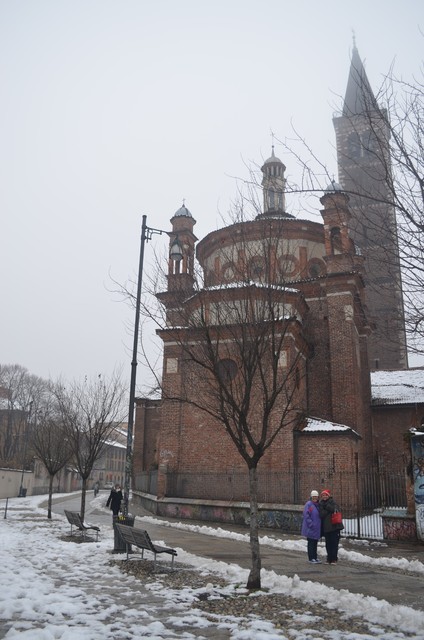
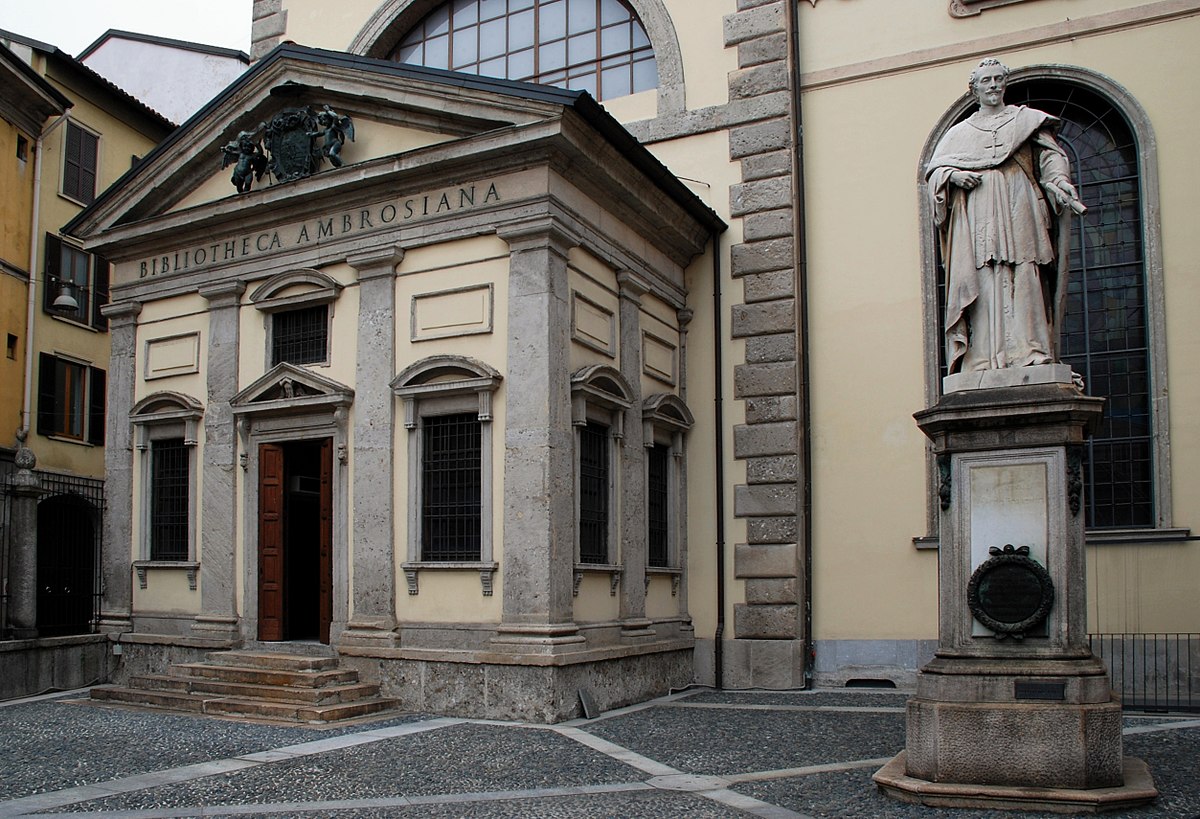
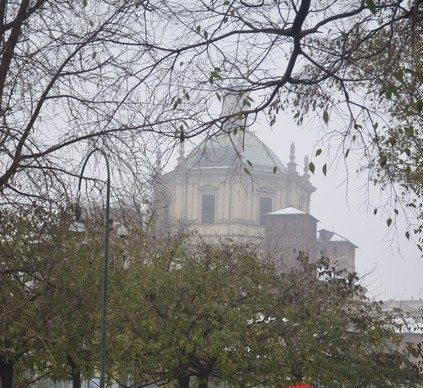
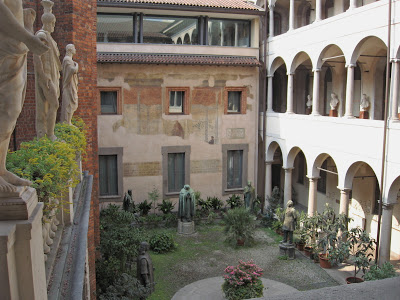
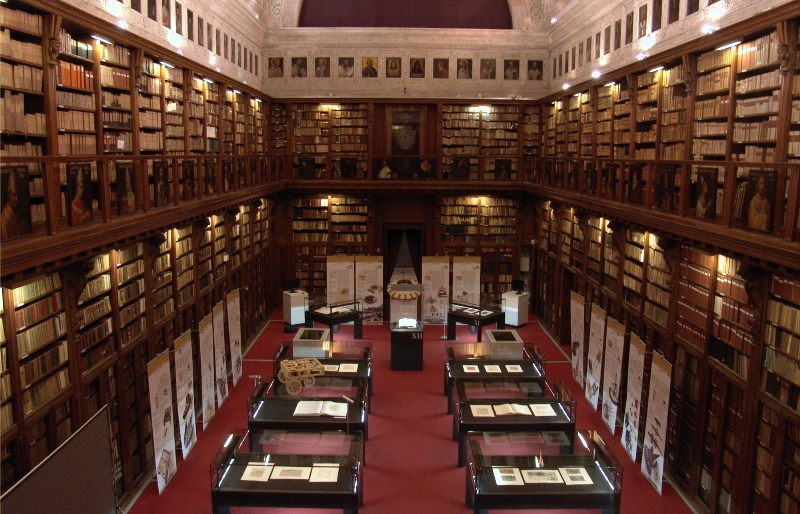
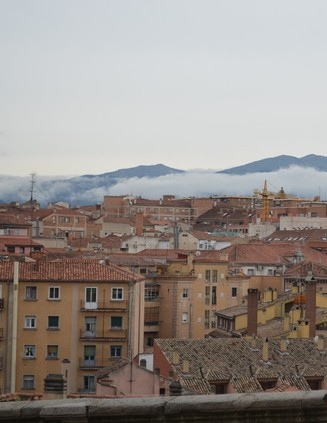
While Milan's role in the modern world of fashion and design is well acknowledged, however the city has evolved from a time when it was the capital of the western Roman Empire and was one of the most amazing of the Italian communities during the Middle Ages attracting Leonardo Di Vinci to the city looking for work. Milan is gifted with an impressive part of Italy’s heritage and is a great city of fashion.
We commence our stroll at the footsteps of the imposing marble Duomo. Built over a two hundred year period the Duomo commencing in 1386, Milan's main cathedral is 5th largest in the world. The white marble making the building an imposing site dominating the Piazza. The Piazza is also home to the Palazzo Real and Galleria Vittorio Emanuele II.
The Galleria Vittorio Emanuele II is the world's oldest active shopping mall and a major landmark of Milan. Housed within a four-story double arcade in the center of town the Galleria was designed in 1861 and built by architect Giuseppe Mengoni between 1865 and 1877. A roof made of cast iron and glass and provides a beautiful site overhead. The arcade principally contains luxury retailers selling fashion, jewelry, books and art. The Galleria is famous for being home to some of the oldest shops and restaurants in Milan, such as Biffi Caffè (founded in 1867 by Paolo Biffi, pastry chef to the monarch).
Clerici Palace is the next stop on our stroll and is located at number 5 of the street carrying the same name, among the 17th century buildings. The building itself is a typical example of late baroque architecture and still one of the most rich and splendid dwellings and contains a series of decorated rooms, among the most splendid and meaningful examples of the 18th century in Milan. Currently it houses ISPI (Italian Institute for International Political Studies) Headquarters and you need to book an appointment for a tour on milan number 02 863313271.
From Clerici Palace we head for the imposing and grand Sforzesco Castle one of the ture landmarks of Milan. Built in the 14th Century the castle suffered at the hands of a number of sieges, damage and reconstructions as the French, Spanish and Austrian armies all interacted with the city of Milan. The walls and corner turrets dominate the skyline and enclose an amazing open forecourt and many civic museums; including vast a collection art in the Museo d’Arte Antica (Museum of Ancient Art).
Departing the castle by the back entrance you enter the Parco Sempione with its amazing view across the valley to the Arch of Peace at the far end of the park. No matter what season you visit Milan a walk through the park is worth the time.
From the park we wind through the San Vittore district to the Basilica Santa Maria delle Grazie a church and Dominican convent. The church contains the mural of The Last Supper by Leonardo da Vinci, which can be found in the refectory of the convent. Other frescos and renaissance art can be experienced in the different areas of the building complex.
Our journey then wanders past the San Lorenzo Columns a group of ancient Roman ruins, located in front of the Basilica of San Lorenzo. The 16 marble columns, with Corinthian capitals, represent one of the most important Roman finds in Milan. The Basilica San Lorenzo Maggiore was originally built in Roman times and subsequently rebuilt several times over a number of centuries. The church’s courtyard houses a copy of a bronze statue of Constantine the Great, the first Roman Emperor who converted to Christianity. The church’s interior is decorated with marble and impressive mosaics. One of the temple’s highlights (which should not be missed) is the Chapel of Saint Aquilino with its fourth century Byzantine mosaics.
We depart the San Lorenzo area via ancient Porta Ticinese is one of the two medieval gates of the city that still exist in the modern Milan. If your hungry we recommend La Dogana del Buongusto, east along Via Molino delle Armi about 50 meters.
We now wander down to the Basilica di Sant'Eustorgio another of the significant religious buildings that make up Basilicas Park and for many years an important stop for pilgrims on their journey to Rome or to the Holy Land, because it was said to contain the tomb of the Three Magi or Three Kings or Wise Men. The church has a history stretching back to the 4th Century.
We now take a stroll through Basilicas Park or more appropriately known as Parco Giovanni II. We wind back towards the Duomo through the streets of the Bottonuto to the Ambrosian Library or Biblioteca Ambrosiana.
One of the oldest cultural institutions in Milan, founded in 1618 by Cardinal Federico Borromeo, the Ambrosiana Gallery houses a permanent collection of fine paintings, sculptures, etchings and drawings donated by Borromeo himself. Adjoining the Biblioteca Ambrosiana, a historic library in Milan containing works by Homer plus Leonardo da Vinci’s famous Codex Atlanticus, the gallery includes highlights such as the Adoration of the Kings by Titian, the Madonna of the Pavilion by Botticelli, the Preliminary Cartoon for the School of Athens by Raphael, the Basket of Fruit by Caravaggio and the Portrait of a Musician by Leonardo da Vinci. The building housing the museum is magnificent and is a work of art in itself.
Northern Italy and particularly Milan is the hub of Italian culture, music, media and sports. If you are a music lover, make sure you visit La Scala. If you are a sports fan, no other city can probably boast two soccer powerhouses like Inter Milan and AC Milan and the amazing Autodromo Nazionale Monza north of the city. With so many things to do and see, take the time to simply enjoy yourself – relax and experience Milanese culture.
The Journey
The Milan walk commences in the Piazza del Duomo. The easiest way to access the Piazza del Duomo is to catch the metro.
The piazza provides access to the Milan Cathedral (Duomo di Milano), the Palazzo Real and the Galleria la Vittorio Emanuelle II. Once you have explored the Duomo and palazzo, enter the Galleria through the entrance that fronts onto the Piazza del Duomo.
Take the eastern exit from the Galleria and continue onto Via Tommaso Grossi and them turn right onto Via Santa Margherita. Turn left onto Via S. Protaso and then right onto Via Bassano Porrone and left onto Largo Bortolo Belotti. Continue onto Via Clerici and the Clerici Palace will be on the left.
Leave Clerici Palace and walk north-west on Via Clerici towards Via dei Bossi and turn left onto Via dei Bossi and then turn right onto Via Broletto after about 180 meters. Turn left onto Via Cusani and walk 220 meters to the large roundabout turn left onto Foro Buonaparte then right along Via Luca Beltrame. the Sforzesco Castle will be straight ahead.
Leave Sforzesco and spend some time walk into the Parco Sempione with the Arco della Pace (Peace Arch) at the opposite end of the park. After exploring the park head towards Viale Pietro e Maria Curie opposite the entrance of La Triennale di Milano on the eastern side of the park. Head out of the park onto Viale Pietro e Maria Curie veering slight left to stay on Viale Pietro e Maria Curie. Veer left again to onto Via G. Leopardi and then right onto Via Aurelio Sa and walk about 300 meters to the roundabout. At the roundabout, take the 2nd exit onto Piazza Giovine Italia and walk about 100 meters veering left onto Via Fratelli Runi and walking for about 120 meters. The Basilica Santa Maria delle Grazie will be ahead to the left
Walk south-east on Piazza di Santa Maria delle Grazie and turn left onto Corso Magenta for 450 meters. At the intersection of Corso Magentat and Via Giosuè Carducci/Largo Paolo D'Ancona cross the street and turn right into Via Giosuè Carducci/Largo Paolo D'Ancona and then almost immediately turn left onto Via Bernardino Buttinone/Largo Paolo D'Ancona. and turn right onto Via Terraggio and walk about 160 meters to the roundabout, and take the 2nd exit onto Piazza Sant'Ambrogio. Walk along Piazza Sant'Ambrogio for about 180 meters, this street turns left at the end and becomes Largo Agostino Gemelli. Turn right onto Via Lodovico Necchi and then right onto Via S. Pio V for another 180 meters and then turn left onto Via Lanzone and continue onto Via del Torchio which bends to the right. Turn left onto Carrobbio and then a sharp right to stay on Carrobbio and continue onto Corso di Porta Ticinese and the Columns of San Lorenzo and the Basilica San Lorenzo Maggiore will be on the left.
Pass through the Porta Ticinese Antica and if you feel like lunch we recommend the Dogana del Buongusto for lunch it is to the left down Via Molino delle Armi about 40 meters.
Cross Via Molino delle Armi head south on Corso di Porta Ticinese towards Via Pioppette turn left onto Piazza Sant'Eustorgio and the Basilica di Sant'Eustorgio will be on the left.
Leaving the Piazza Sant'Eustorgio head south across the Piazza towards Via Santa Croce and turn left onto Via Santa Croce. Turn left and walk through the Parco Giovanni II. At the far end of the park turn left towards Via Cardinal Caprara/Piazza Vetra and then turn right onto Via Papa Gregorio XIV. Turn left onto Via S. Vito and then immediately turn right across Via S. Vito towards Via Stampa and then turn left onto Via Stampa.
Turn right to stay on Via Stampa and then turn left onto Via Soncino and then turn right onto Via Torino and then veer left onto Via Nerino and continue onto Via Zecca Vecchia for about 300 meters. Turn right onto Piazza S. Sepolcro and Piazza S. Sepolcro turns slightly left and becomes Via dell'Ambrosiana, The Biblioteca Ambrosiana (Ambrosian Library) will be on the left about 60 meters passed the Church of San Sepolcro


